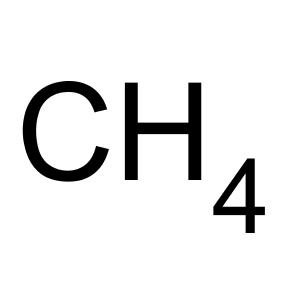Title: Carbon
CAS Registry Number: 7440-44-0
Literature References: C; at. wt 12.0107; at. no. 6; valence 4. Group IVA(14). Stable isotopes: 12 (98.892%); 13 (1.108%); radioactive isotopes: 9-11; 14-16. Abundance in earth's crust: approx 0.027%. Cosmic abundance: 6 atoms/atom Si. Occurs in 4 allotropic forms: (1) diamond,
q.v.; (2) graphite,
q.v. or black lead; (3) amorphous carbon such as coal, lampblack; (4) fullerenes,
see Buckminsterfullerene, the only molecular form. Comprehensive reviews: P. L. Walker,
Am. Sci. 50, 259-293 (June 1962); Holliday
et al. in
Comprehensive Inorganic Chemistry vol. 1, J. C. Bailar, Jr.
et al., Eds. (Pergamon Press, Oxford, 1973) pp 1173-1294; several authors in
Kirk-Othmer Encyclopedia of Chemical Technology vol. 4 (Wiley-Interscience, New York, 3rd ed., 1978) pp 556-709.
Derivative Type: 14C isotope
Properties: Continuously formed in the earth's atm by the bombardment of nitrogen with cosmic neutrons according to the reaction 714N + 01
n ? 614C + 11H. The 14C is rapidly oxidized to CO2, in this form it penetrates into animals and plants by photosynthesis and metabolism. The 14C content of living matter is estimated at 15.3 disintegrations per minute and per gram of carbon, corresponding to the equilibrium reached between formation of 14C and its exchange with 12C. This equilibrium stops when the plant or animal dies, and the 14C content begins to decrease, because the 14C decays with a half-life of 5760 years. This fact can be used to date organic matter (not more than 40,000 years old) by comparison with the standard 15.3 disintegrations per min per gram: M. Haissinsky, J. P. Adloff,
Radiochemical Survey of the Elements (Elsevier, New York, 1965) pp 30-32.

